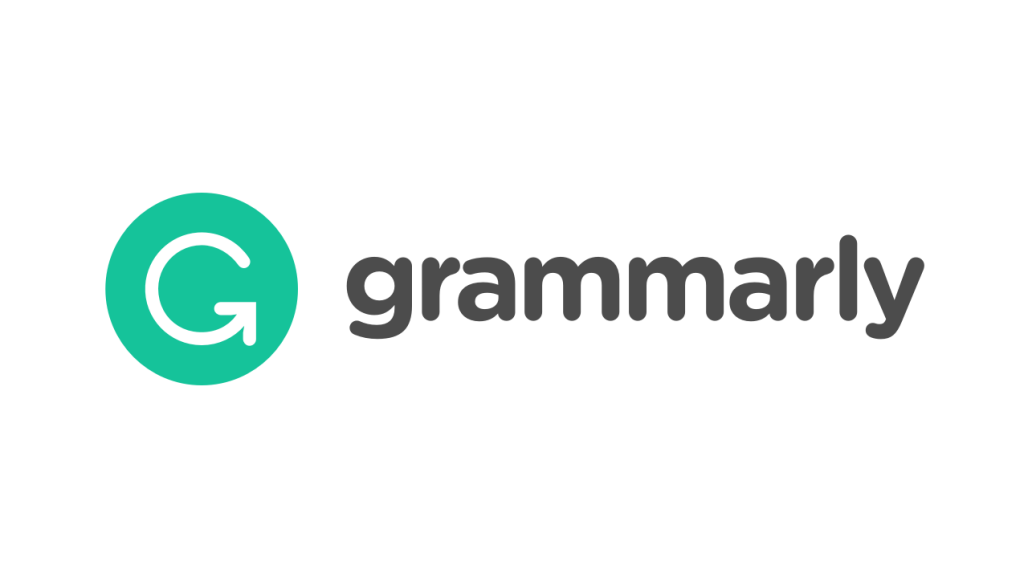Ethanol Extract Turmeric (Curcuma domestica val) In Preventing an Increased Grastic Acidity on Rattus norvegicus Which Induced by Histamine
Abstract
Gastric ulcer is one of the increase gastric acid causes which mediated by H2 reseptor. Tumeric is extracted using the ethanol 96% and it is tested using Rattus norvegicus Wistar strain to know the effect as anti gastritis. There’s a suspicion whether an ethanol extraction from tumeric which has anti H2 receptor effect can be use to prevent gastric ulcer causes from histamine release. Based on that, we want to study whether tumeric can be use to prevent the increase of histamine induce gastric acid and can also be use as gastric protective by looking at microscopic image of gastric, gastric pH from Rattus norvegicus Wistar strain.
Methods: Male Wistar rats were divided Into five groups: 1) Na CMC control group, 2) CMC Na io histamine plus 300 mg / kg ip groups, 3) ethanol turmeric extract 1000 mg / kg io histamine plus 300 mg / kg ip treated groups, 4) ethanol turmeric extract 2000 mg / kg io histamine plus 300 mg / kg ip treated groups. Rats were sacrified at 6 h after injection of histamine, and stomach tissues were harvested for free acid, total acid, organic acid, pH.
Results: Giving P2 ethanol extract of tumeric intra oral decrease free acid level, total acid, organic acid and pH gastric acid which is induced by giving an intra peritoneal histamin. Ethanol extract of tumeric decrease incidence and preventable for ulcus gastric causes by histamin.
Conclusion: an ethanol extract of tumeric decrease the levels of free acid, total acid, organic acid and pH gastric. Ethanol tumeric extract 2000 mg/kg is a recommended dosage
Â
Keywords
Full Text:
PDFReferences
Balai Materia Medika. Surat Keterangan Determinasi Kunyit. Malang. 2012
Corwin EJ. 2008.Pathophysiology. 3rd ed. USA: Lippincott Williams & Wilkins.
Denikrisna.wordpress.com/tag/farmakologi/‎histamin. 10 November 2012.
Dong Chan,Sun Hee. 2005. Curcuma Longa extract protects against gastric ulcer by blocking H2 histamin receptor. Biol Pharm Bull Vol 28.
Ganong WF. 2001. Review of Medical Physiology.McGraw-Hill Medical Publishing.21st Edition.
Ghodekar, Garg , Sharma. 2010. Antiulcer activity of metanolic extract of leaf of Tylophora indica on histamin and naproxen induced Gastric lesions in rats. Pharmacologyonline 1: 141-147.
Goa, K.L. and Monk, J.P. (1987) Enprostil: A preliminary review of its pharmacodynamics and pharmacokinetic properties and therapeutic efficacy in the treatment of peptic ulcer disease. Drugs 3, 539-559.
Halter F, Tarnaswki AS, Schmassmann, Peskar BM. 2001. Cyciooxygenase 2-implications on maintenance of gastric mucosal integrity and ulcer healing. Gut ;49;443-453.
Herlan. 2002. Gastritis. Buku Ajar Ilmu Penyakit Dalam. Jakarta. FKUI.
Kang JY, LaBrooy SJ, Yap I, Guan R, Lim KP, Math MV. 1987. Racial differences in peptic ulcer frequency in Singapore. J Gastroenterol Hepatol; 2 :239-44.
Katzung BG, 2009. Basic and Clinical Pharmacology. 11 th Ed. Lange medical book/McGraw-Hill, Medical Publishing Division,USA.
Keputusan Menteri Kesehatan Republik Indonesia Nomor 1076/menkes/sk/vii/2003 Tentang Penyelenggaraan Pengobatan Tradisional. Jakarta.
Kim DC, Kim SH. 2005. Curcuma longa extract protects against gastric ulcers by blocking Histamin. Bio Pharm Bull. December.
Kumar V,Abbas AK, fausto N, Mitchell R.2007. Robbins basic pathology. 8 th ed. Saunders.
Laine L, Takeuchi K, Tarnawski A. 2008. Gastric mucosal defense and cytoprotection: bench to bedside. Gastroenterology; 135:41-60.
Pramono E,2002. The commercial use of traditional knowledge and medicinal plants Indonesia. Submitted for multi-stakeholder dialoque on trade, intellectual property and biological resources in Asia.
Prince,Sylvyya A. 2002. Patofisiologi. Jakarta. EGC.
Rafatullah S, Tariq M. 1990. Evaluation of turmeric curcuma longa for gastric and duodenal antiulcer activity in rats. Journal of Ethnopharmacology.
Rinaherowati.files.wordpress.com/2012/03/materi-pokok-vi.pdf.10 November 2012.
Soedeman,W dan Soedeman,TM. 1995. Patofisiologi Soedeman. Mekanisme Penyakit. Edisi VII. Jilid I. Jakarta. Hipokrates hal 475.
Smith JB, Mangkoewidjojo S. 1988. Pemeliharaan, pembiakan dan penggunaan hewan percobaan di daerah tropis. Jakarta. UI Press. Hal 1-57.
Szallasi A, Blumberg PM. 1999. Vanilloid (capsaicin) receptors and mechanisms. Pharmacological reviews;51(2): 159-212.
Tarnawski A. 2005. Cellular and molecular mechanism of gastrointestinal ulcer healing. Digestive diseases and sciences; 50 (l):24-33.
Zainudin, M. 2000. Metodologi Penelitian. Surabaya : Universitas Airlangga. Hal 38-57.
Erdelen WR, Adimihardja K, Moesdarsono H, Sidik, 1999. Biodiversity, traditional medicine and the sustainable use of indigenous medicinal plants in Indonesia. Indigenous knowledge and development monitor ;7(3):3-6.
DOI: http://dx.doi.org/10.30742/jikw.v3i1.47
Refbacks
- There are currently no refbacks.
Copyright (c) 2014 Nugroho Eko Wirawan Budianto

This work is licensed under a Creative Commons Attribution-NonCommercial 4.0 International License.
Jurnal Ilmiah Kedokteran Wijaya Kusuma is licensed under a Creative Commons Attribution-NonCommercial 4.0 International License










